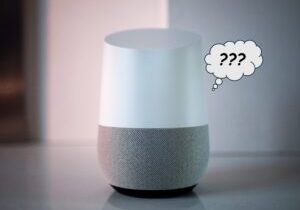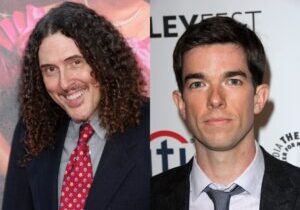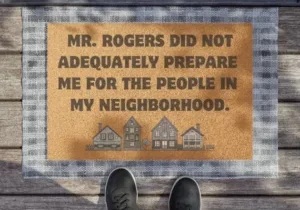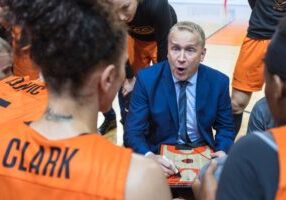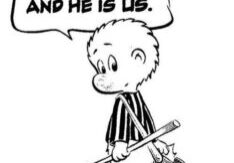
As you’ve no doubt read in the industry trades, the “AM radio for every vehicle act” is apparently coming down to the wire. With just two months to go, the bill has the votes but is still not a lock to make it to the floor for a vote.
After all the efforts on both sides of this issue, a neutral outcome – or in the case of the U.S. Congress, the equivalent of a hung jury would not be an acceptable set of circumstances. All parties involved deserve better.
Earlier this week, connected car guru Roger Lanctot published a well-crafted article, weighing the various options on the table. Roger points out the cognitive dissonance between the auto makers spending millions in lobbying dollars last quarter while radio stations in the states hardest hit by hurricane damage were pulling out the stops to keep their communities safe and informed.
Oh, the irony!
People are listening to radio, even AM radio, especially when it’s life-saving information and the Internet has failed. That’s what FEMA’s been telling us, pointing to radio’s superpowers- resilience and community.
But for now, it’s a heated and expensive battle between auto makers on the one side who just don’t see the purpose of spending money to insulate AM radio in EVs versus the NAB who simply cannot lose this dustup over the dashboard.
And by extension, the future of FM is in question if the car companies had their way. Paul and I have heard auto reps ask why all the fuss over a tuner in their cars when drivers can simply access any local station on TuneIn.
Until they can’t.
When and where did relations between radio and the automotive community go off the rails? It wasn’t that long ago – 11 years ago this week – that Jacobs Media and Radio Ink first joined forces to
produce DASH – a conference held in Detroit for three consecutive years.
In July 2013, I introduced the concept in this very blog with this statement of purpose:
“A two-day conference that will bring together key players in radio, the automotive industry, car dealers, and ad agencies to meet, exchange ideas, explore partnerships, and learn from one another.”
It was a lofty promise. As it turned out, we were successful in putting together a compelling two-day conference that even turned a profit. Over the three years DASH took place, radio chieftains including David Field, Rich Bressler, Peter Smyth, and Ginny Morris graciously agreed to be part of our agenda. For that commitment, we were (and still are) appreciative.
I found the schedule of keynotes, panels, and sessions for our 2015 DASH and it’s impressive. Speakers representing Ford, GM, and Toyota, along with Panasonic, J.D. Power, Slacker, and Pandora. Even Adam Carolla showed up. You can check the full agenda here.
But on the auto side, while we had an impressive group of executives, especially in the infotainment sector, we had nothing resembling a CEO or COO. Neither Mary Barra nor Alan Mulally attended DASH.
And therein sums up the shortcoming of this effort. We were not able to attract the true decision makers. And when Radio Ink’s Eric Rhoads and Paul and I made the call to sunset DASH, this was a big part of our reasoning.
The NAB was showing signs of starting an auto committee, tasked with establishing the line of communication between the car companies and broadcast leadership. Gordon Smith was on board, and the effort was spearheaded by NAB’s executive director at the time, the able Steve Newberry.
 And while the committee ended up doing important work (we consulted them and co-produced the first “Digital Dashboard – Best Practices Report,” since updated and available for free here.)
And while the committee ended up doing important work (we consulted them and co-produced the first “Digital Dashboard – Best Practices Report,” since updated and available for free here.)
Yet, for all their efforts – including a full-court press at several CES events and other gatherings – the NAB was not able to establish open communication with top leadership at the auto companies.
And to this day, the NAB’s CEO, Curtis LeGeyt, does not have a red phone on his desk he can pick up and instantly have a conversation with his equivalent at Ford, Jim Farley, or the aforementioned Mary Barra at General Motors.
Wouldn’t that level of communication have been helpful while the AM in EV situation was still at the kerfuffle level, rather than at Defcon 5 like it is now?
And there’s another issue relevant to this conversation, and I’ll let Roger Lanctot tee it up:
“Cars represent a refuge, an escape, and something of a safety cocoon. Our cars are supposed to protect us. Sometimes protection comes in the form of seatbelts and airbags. Sometimes it comes in the form of information.”
And sometimes it’s personal. We experienced this during those dark times during the worst days of the pandemic where the only safe harbor we could retreat to was our cars where there were no other people, no social distancing, and an escape from the calamity that surrounded us. (To this day, I still don’t understand people driving by themselves wearing masks but maybe one of you can explain it to me.)

I once had a mentor explain to me what the car represented to radio, and he wasn’t just talking about the semi-truck full of quarter-hours every day and every week. He was referring to that unique intimacy radio has, particularly with solo drivers, that no other audio platform can claim. There is something so essentially one-on-one and personal when a DJ or host is talking to you while you’re driving from Point A to Point B in the city or town where you live.
You don’t get that from podcasts, talking books, satellite radio, Alexa, Spotify, or your personal CD collection. Radio in the car is special, as are the relationships it can form.
We know from Techsurvey that attributes such as escape, mood elevation, and companionship are key drivers in the connection radio has with its audience.
And that hit home for me the other day when I read the latest “loneliness index” published in the Gallup National Health and Well-Being Index. While not as dire as it was back during the dark days of the pandemic, the numbers hit a two-year low this year. All told, one in five U.S. adults felt a sense of loneliness during “a lot of the day yesterday.”
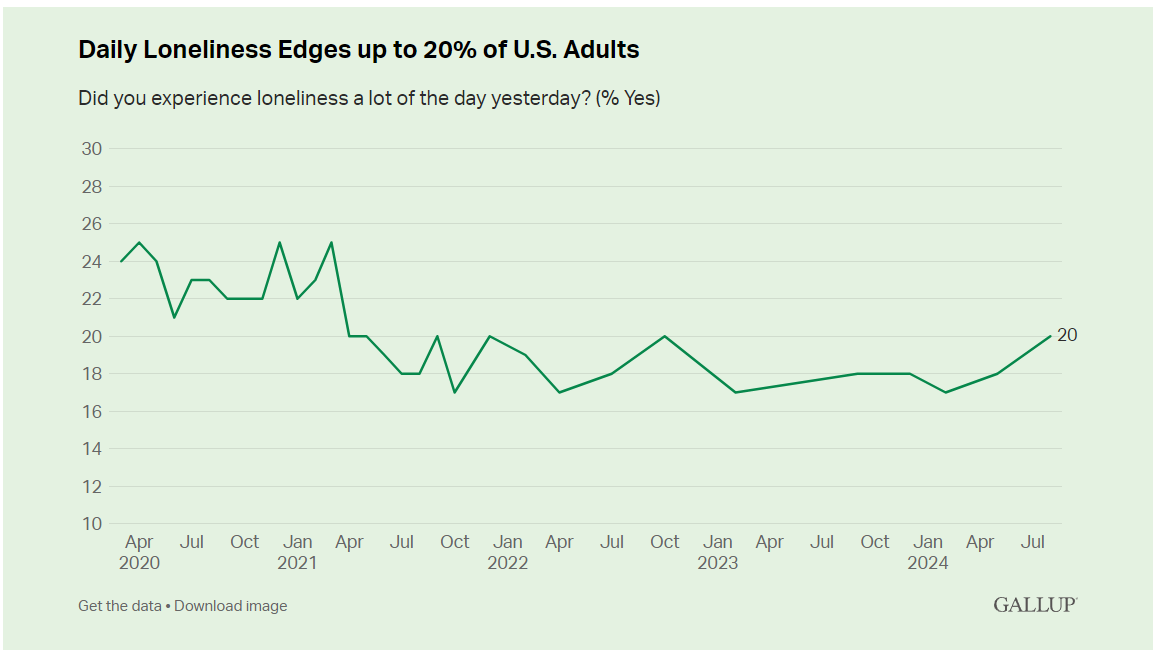
And this was before the Surgeon General declared a “loneliness epidemic” in America in 2023.
But feelings of anxiety and isolation aren’t just common to the U.S. In South Korea, they refer to “lonely deaths” – or godoksa – extreme feeling of loneliness now being met with programs and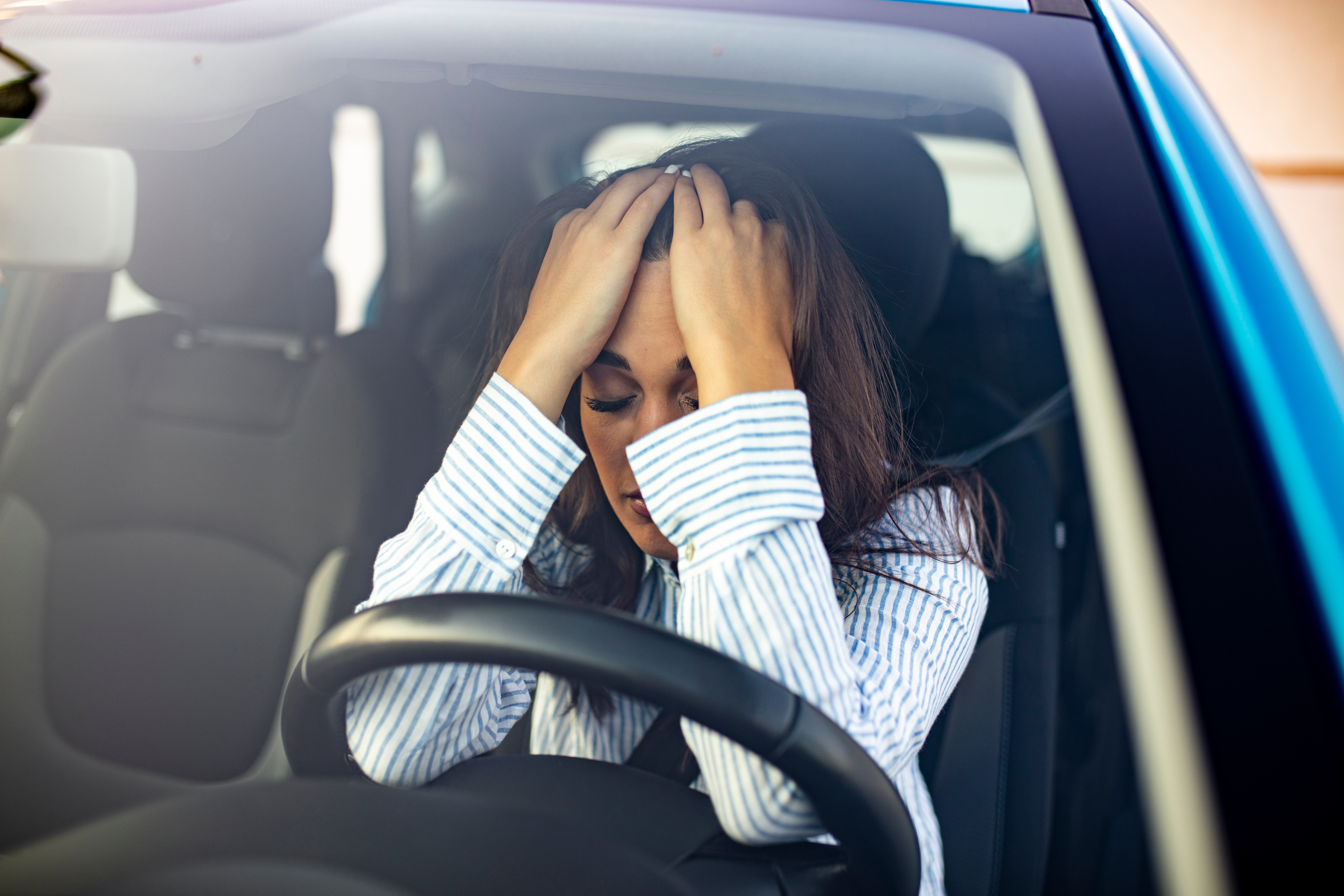 funding to combat it. A new CNN story points out how Seoul is committing more than $320 million to fund a 24/7 hotline, loneliness counselors, and expanded psychological services.
funding to combat it. A new CNN story points out how Seoul is committing more than $320 million to fund a 24/7 hotline, loneliness counselors, and expanded psychological services.
No, I’m not suggesting that radio can solve what is becoming a widespread psychological problem. But it is noteworthy how many citizens routinely continue to listen to and depend on radio while they’re on the road.
Stations that have an appreciation for this time-honored relationship and personalities with the ability and freedom to put themselves in the shoes of their in-car listeners have long-established important connections that are meaningful.
After all, this is what radio does best – not just on those rare occasions when there are hurricanes, wildfires, tornadoes, and other disasters – but on a mundane Wednesday when everything is seemingly “normal.”
 Broadcast radios in cars – AM and FM – are features we’ve come to expect in our cars and trucks, right along with windshield wipers, the rearview mirror, and a trunk.
Broadcast radios in cars – AM and FM – are features we’ve come to expect in our cars and trucks, right along with windshield wipers, the rearview mirror, and a trunk.
Once we get past this pending legislation, which despite the anger and acrimony in D.C., has plenty of consensus agreement that would seemingly ensure its passage, hopefully there’s that possibility of a world where radio and automotive leadership can indeed collaborate constructively.
After all, they have been connected with each other for nearly a century, entertaining and informing Americans wherever they travel.
That would seem to be a cause worth preserving.
Originally published by Jacobs Media
